19 Apr2017
9 things you did not know about the City of David Jerusalem
Did you know that the City of David Jerusalem is the place where Jerusalem was born?
It is believed that…
The beginning of Jerusalem is in the City of David, not underneath the Old City.
When I visited Jerusalem for a week in March 2017, I felt more than blessed to visit the City of David and learn about the history. It’s such a complex, complicated, yet interesting place! Very difficult to describe with words so hopefully some photos will do it justice.
9 things you did not know about the City of David Jerusalem:
1. The City of David is located outside of the walls of the Old City which, to many people, is very surprising to see. This archaeological site is said to be 4,000 years old.
2. The City of David looks like a triangle located in between two valleys. It sits on the Ophell Hill 743 m a.s.l. However, the highest point of this area is the Mount Moriah where the Mosque with silver dome stands. It does not really make sense why the city of David was not built on the highest mountain. No one has figured out yet why they built it here. The Mount Moriah was supposed to be called Zion but the crusaders wanted to make it confusing so they called the surrounding hill Mount Zion where the Jerusalem Old City is right now.
3. The first excavations started here in 1867 when Charles Warren was sent to this area by the Palestine Excavation Fund. Warren believed he was excavating the biblical City of David. More archaeological delegations from many countries have dug in here than in all of Israel.
4. The archaeologists say that only up to 20% of the whole City of David has been uncovered. While, for example in Masada I visited a few days later, 90% has been excavated to date.
5. For some time, this hill was part of Jordan until 1967 war when it became part of Israel. Since then more archaeologists started to dig in the area. They had to move their office a few times to keep excavating. In 2005 female archaelogist Eilat Mazar found there 6 m thick walls forming corner of a 3,000 year old public building. This large stone structure might had been the King’s David Palace built in the 10th century BCE during the reign of the King David.
6. Eilat Mazar also found Clay Seals Bullae with ancient Hebrew names of two of the four King Zedekiah’s ministers dating back to the 6th century BCE. The City of David thus became the first place in Jerusalem where names of people mentioned in the Bible were found on inscriptions.
7. A beautiful 3,000-year capitol stone was found here as well. This once red-colored stone dates back to the Fenician era. Fenicians were not living far from here and according to the Bible the Fenician King helped to build the King’s David Palace so it makes sense to see Fenician design inside the City of David.
8. Warren’s shaft located in the City of David is the only place where you can walk inside of the 2,000 old drainage tunnels. It consists of 4 different tunnels and has been running since the end of the Second Temple period.
9. The Israeli Government doesn’t give enough money for the City of David archaeology. Thankfully, many private donors support the excavations. They mostly come from the US, Canada, Australia etc.
Our City of David Jerusalem 3-hour tour looked like this:
After 3D movie about the history we walked up to the Beit Hatzofeh lookout. From there we saw Silwan residential area with mostly Muslim inhabitants, and very few Jewish families. The houses seem to be built like one of top on each other but in fact, it’s a slope so there are roads in between houses which are hard to see from far. The houses are built on natural cliffs on top of a burial ground which can be still seen on the left from the observation lookout. There is the world’s oldest Jewish cemetery underneath there. Archaeologists found there more than 50 ancient cave tombs from the First Temple period.
Then we walked to what we believe could be the King David’s Palace I’ve mentioned above.
Afterwards, we checked out the subterranean water system Warren’s shaft named after the British Captain Charles Warren who was first an archaeologist and then a policeman. The entrance is of modern cement but once you walk in, you can see where it changes to the original stone from 4,000 years ago. Walking through the old tunnel was such a unique experience!
We could see a natural pit made by water. The locals were not aware of the pit until Mr. Warren found it from the bottom, climbed it all up and got inside to the tunnel (the shaft runs from the City of David to the Gihon spring). The tunnel was believed to had been the main part of the early water supply system where people would get water when under siege. But Warren’s shaft was not an aqueduct itself.
Then we walked to the rock-cut Caanite pool where Caanite people would collect water with buckets 3,800 years ago. That was believed to be the reason why the tunnel was built in the first place, i.e. to collect water. Now there is no water in the pool because more than 200 years ago the spring water was diversed to a different place so the pool dried up.
From the pool we walked to the big fortress (still inside the Warren’s shaft) and then could look into the Hezekiah’s tunnel, also called Siloam tunnel. Water is still running through the Siloam tunnel so we didn’t walk through it. It is possible, though. The tunnel is 533 m long, walking is one way only.
After passing by the Meyuhas house, the first settlement to be built outside of the walls of the Old City in 1873, our last stop of our City of David tour was the original Shiloach pool/Shiloah (sometimes also spelled as Pool of Siloam) from 2,000 years ago. In 2008 the pipes needed to be changed there which is how they found the pool and managed to excavate the pool strip we can see now. The rest of the pool remains underground as it belongs to the Greek Orthodox Church and they do not want to give the land to Israeli Government nor give permission to keep excavating.
The Byzantine-era Shiloach pool served for the main Mikvah purification bath. People would purify themselves there and then walk along the wide promenade all the way up to the Temple Mount. We can see that the pool is the meeting point of two valleys surrounding the City of David which is located on top. The stone pool was built in a unique way of many platforms because of the water level change. Thanks to the platforms people could get easier to where the water was. The pool was filled with rain water and also waters from the Gihon spring carried there by 2 aqueducts. According to the Gospel of John in the Bible, the water from this pool helped one blind person to get his sight back which is why nowadays many Christian groups consider it magical, and they stop there to pray.
One more tip:
I recommend you to walk just outside of the City of David Visitor Centre entrance to Givati excavation. Givati was a parking lot until 2008. Approx. 30 different cultures were found here underneath the parking lot. Roman period in the year 70 the Romans destroyed the temple here, stayed here for 700 years. This period is highlighted here because a huge Roman villa was found here, with columns, mosaics and chambers surrounding a central courtyard. In 2010 a 25-year old English girl was digging here and found 3 round flat golden coins. Then a guy filmed her getting over 200 golden coins from the wall. Very important. They had Heraklius name on the coins and he was a Byzantine Emperor. After 1,400 years the treasure was buried here it was found again.
TIP 1: Now there is also a night show open at the City of David which was not ready yet when I visited.
TIP 2: Visiting Jerusalem? Then read also my other article about 15 things you need to know about Jerusalem.
TIP 3: I have to say Israel is one of the best countries for vegans. Here’s my list of top 8 places to eat vegan meals in Jerusalem. And even if you are not vegan, I am sure, you’d love them. Finger-licking!
For more photos, check out my City of David photo album :)
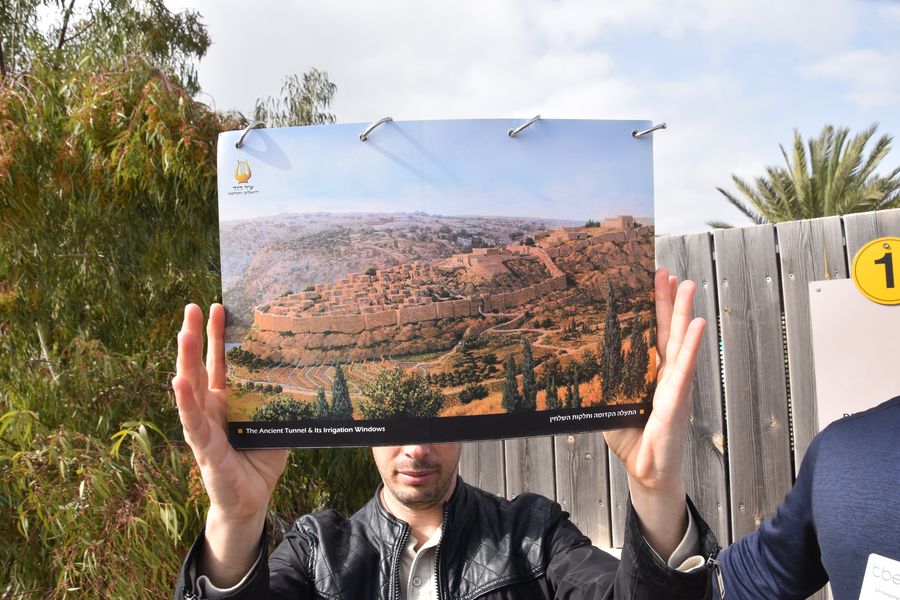
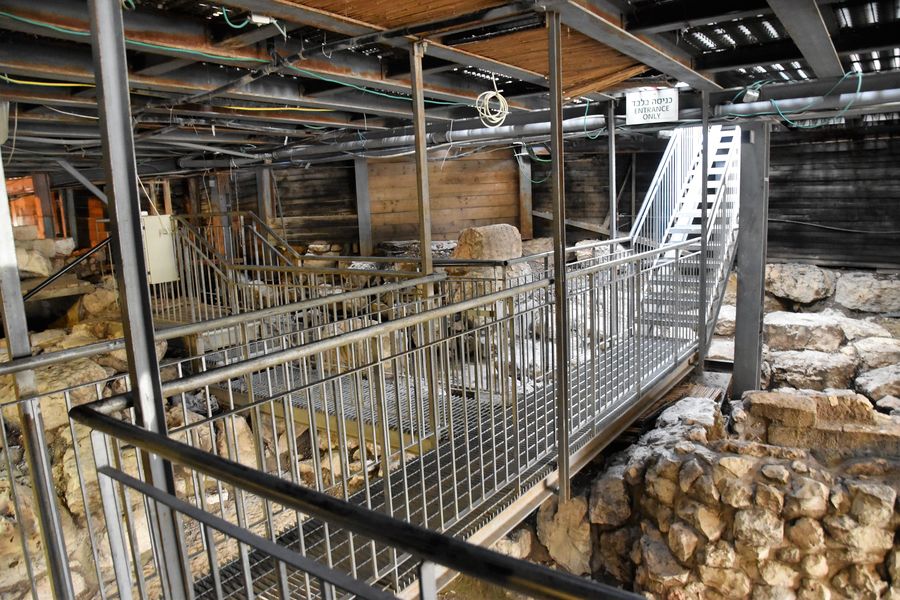
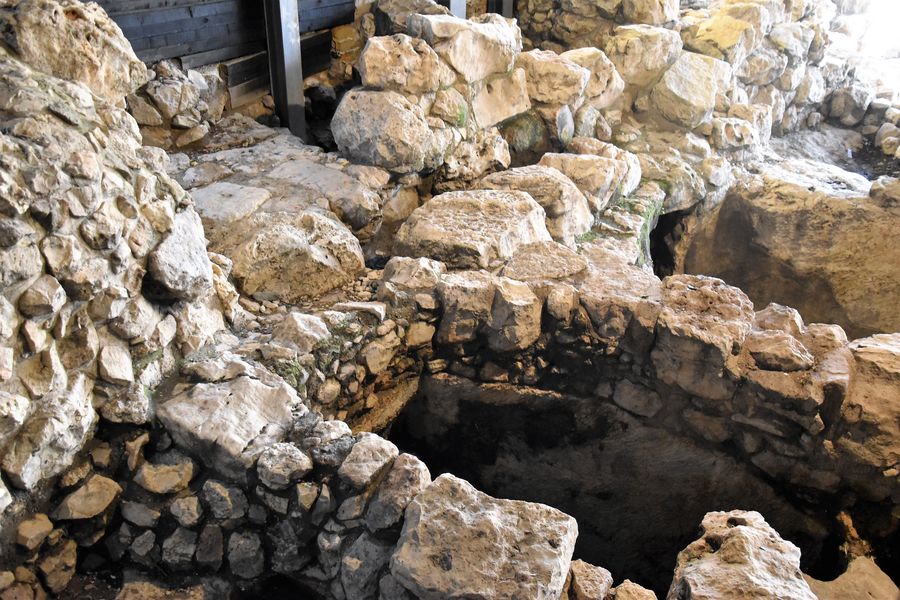
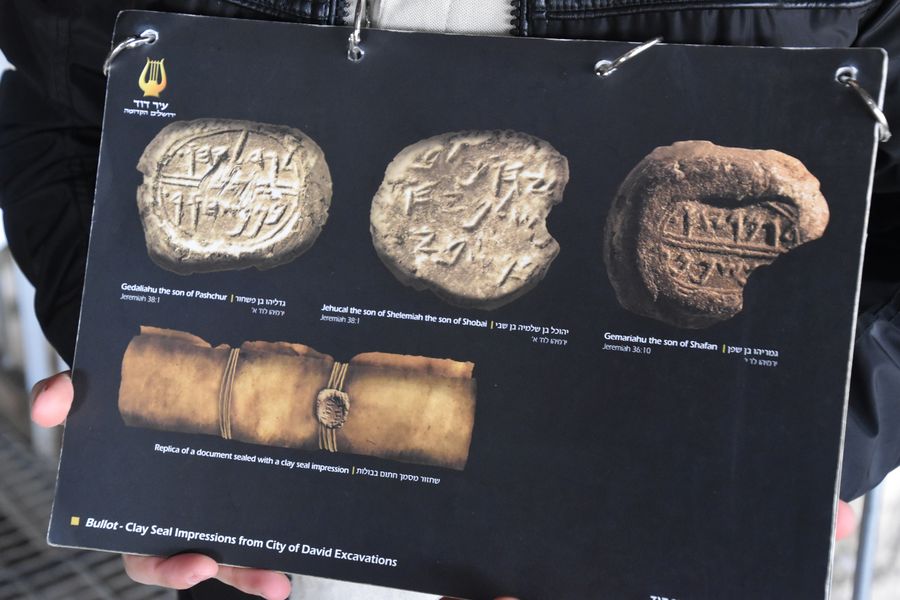
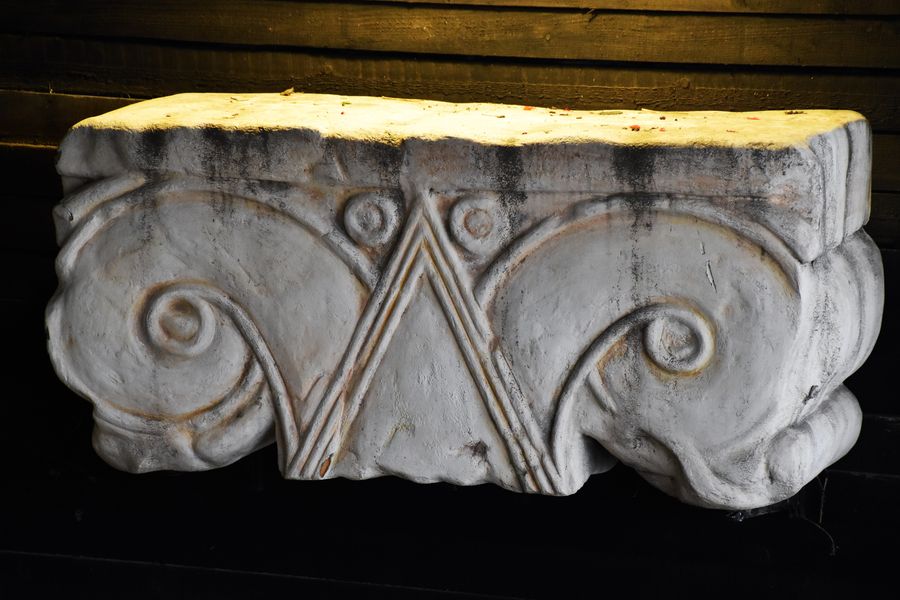
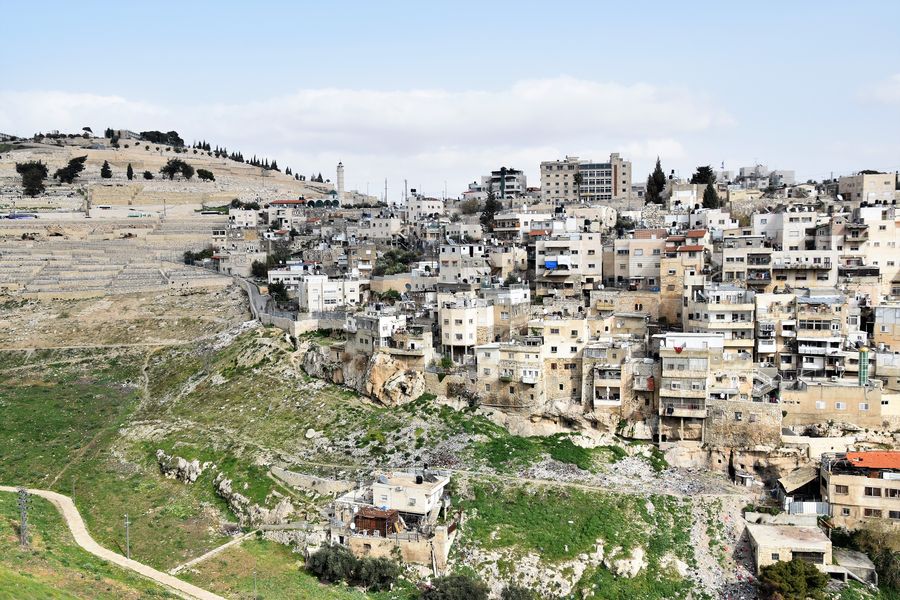
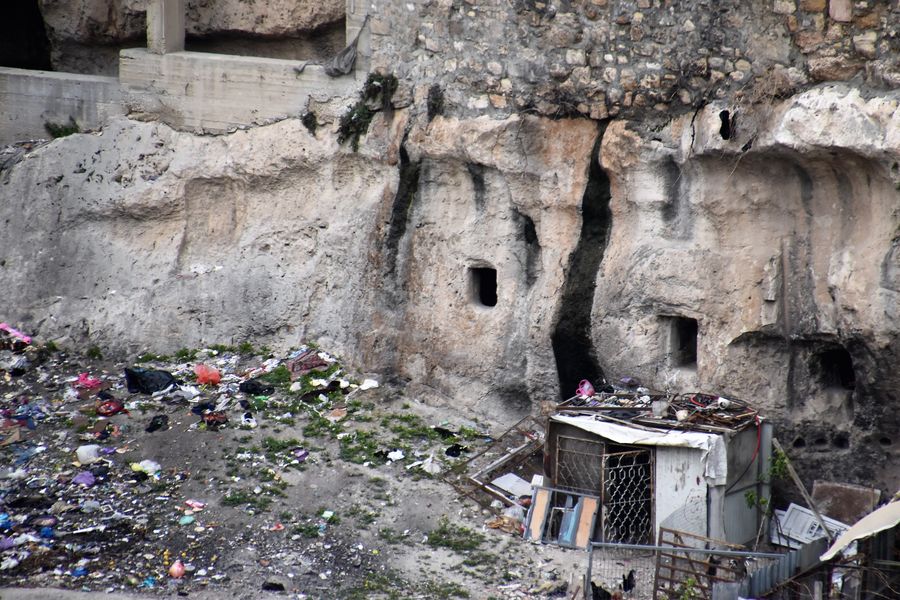
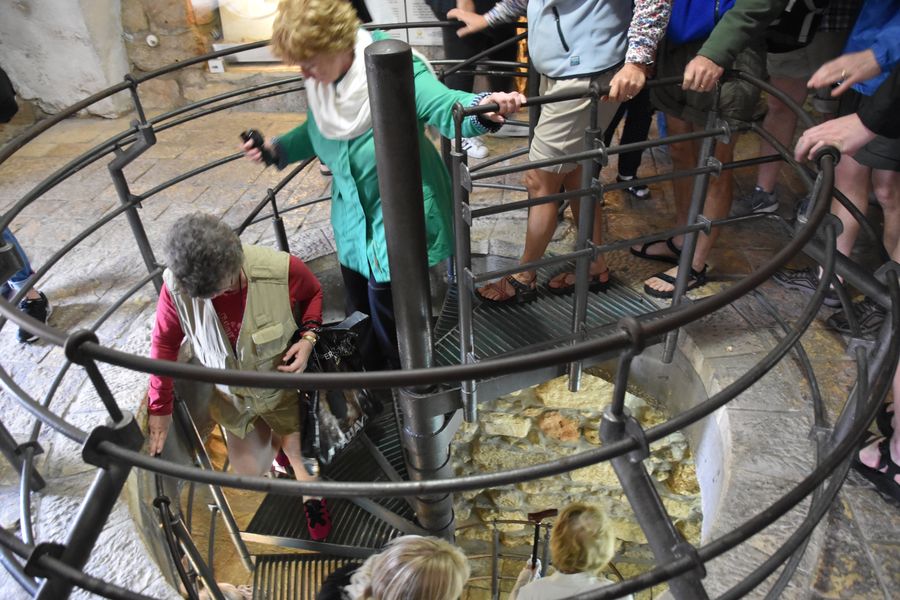
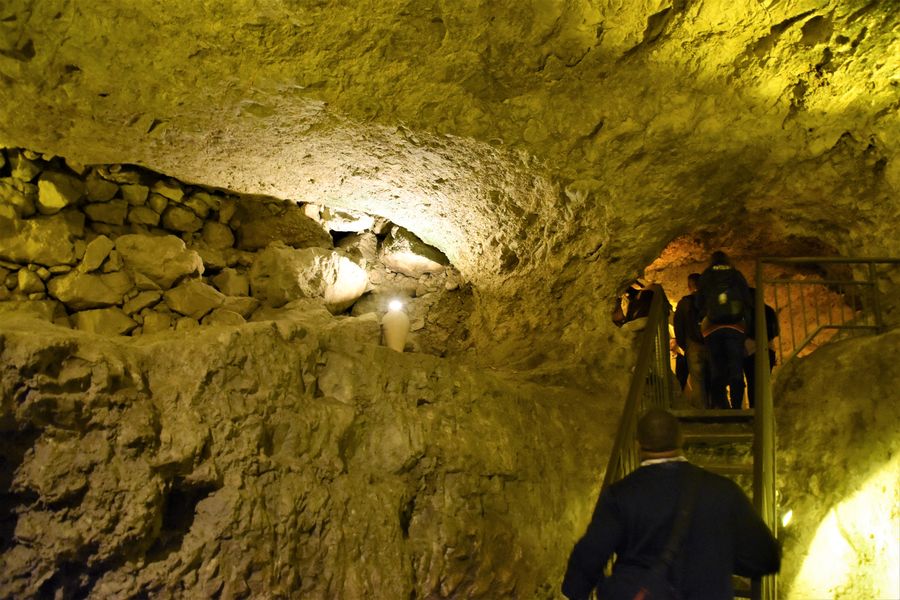

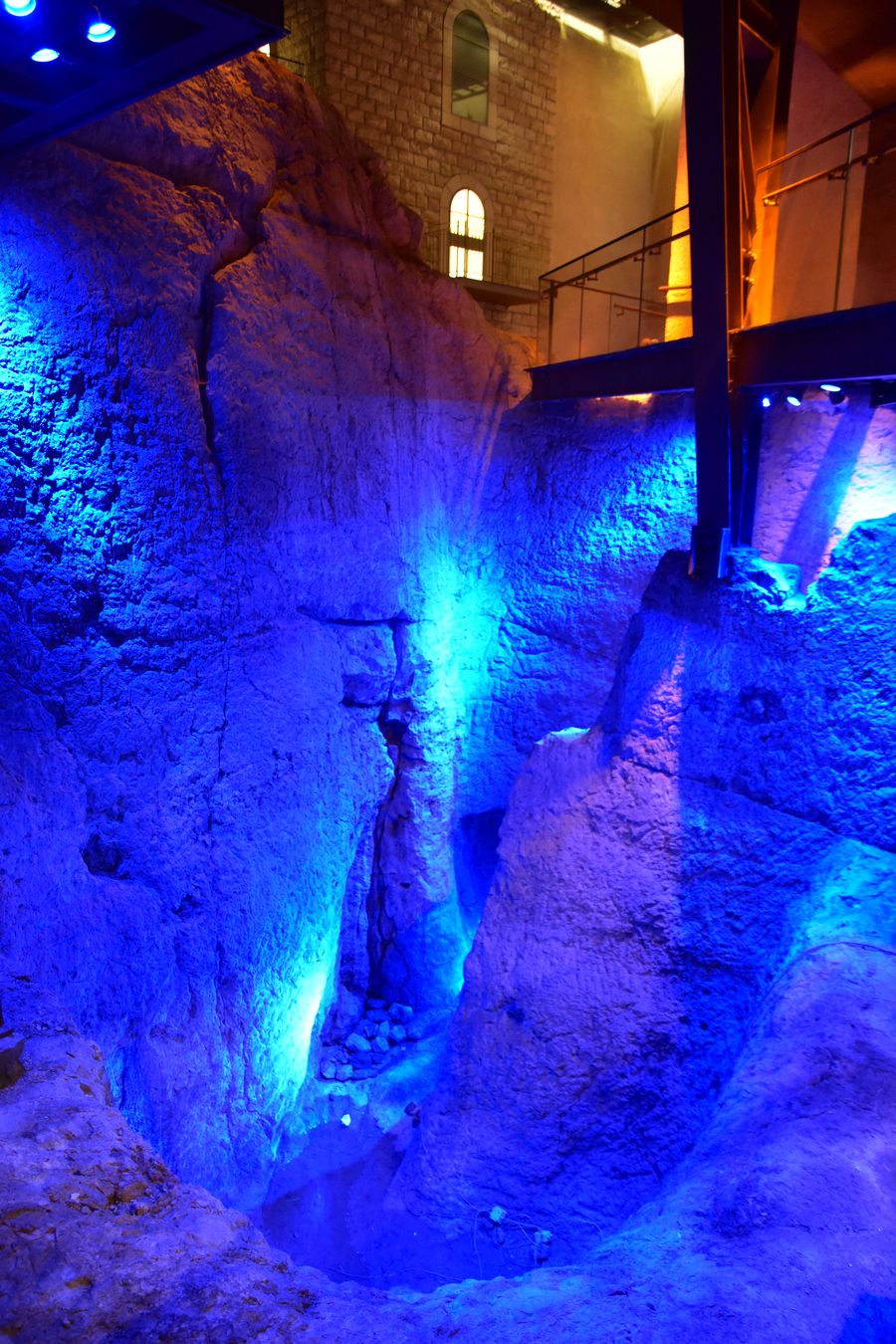


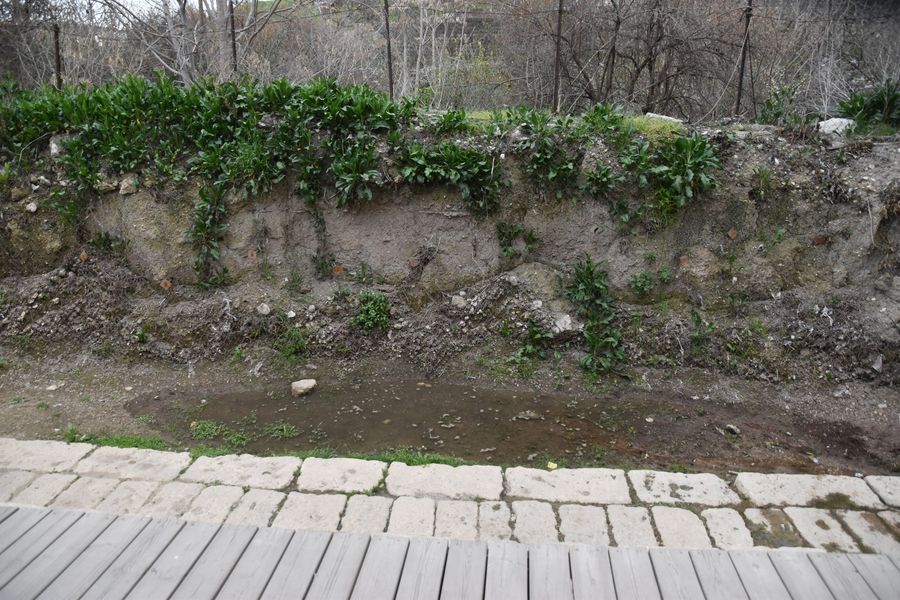
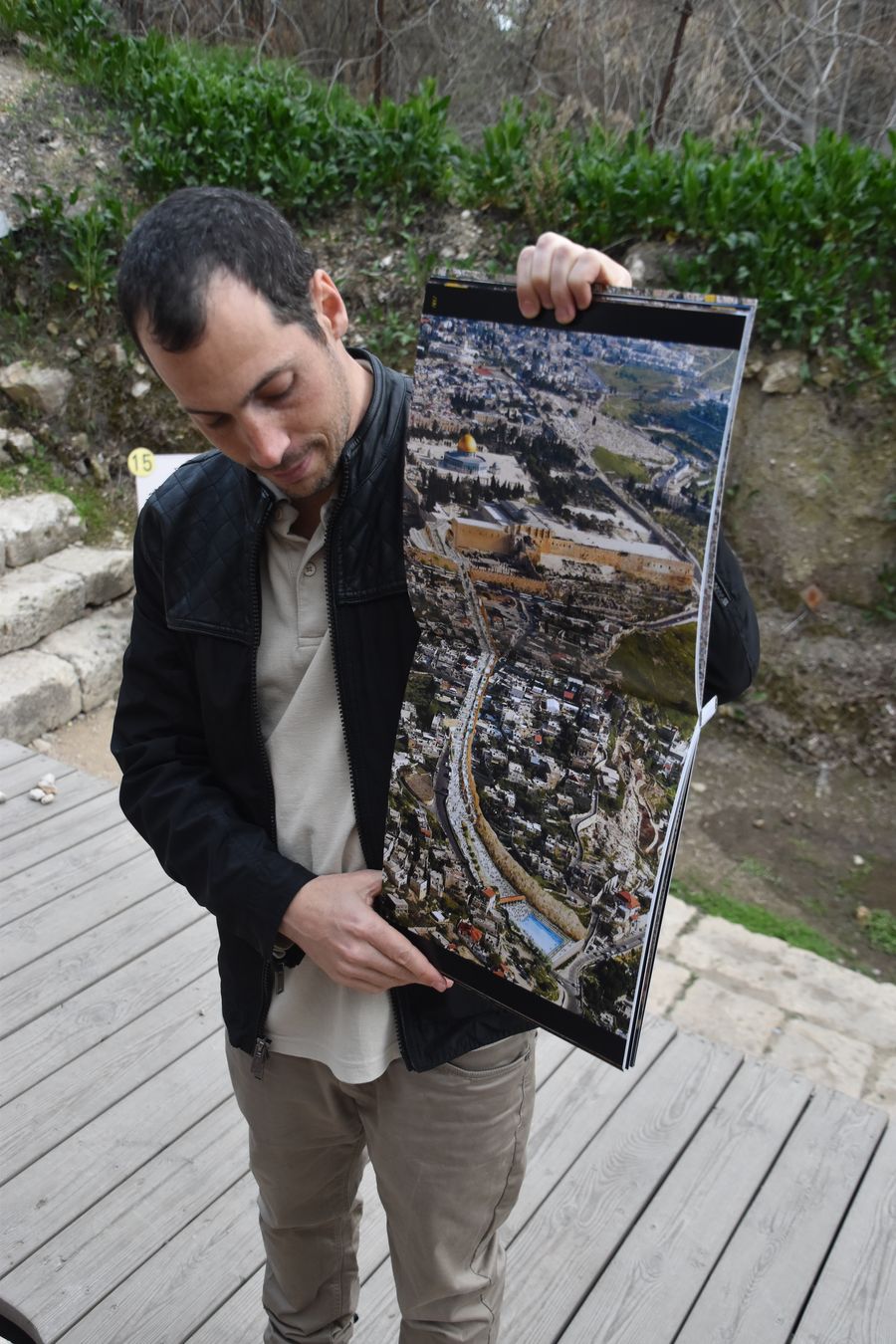
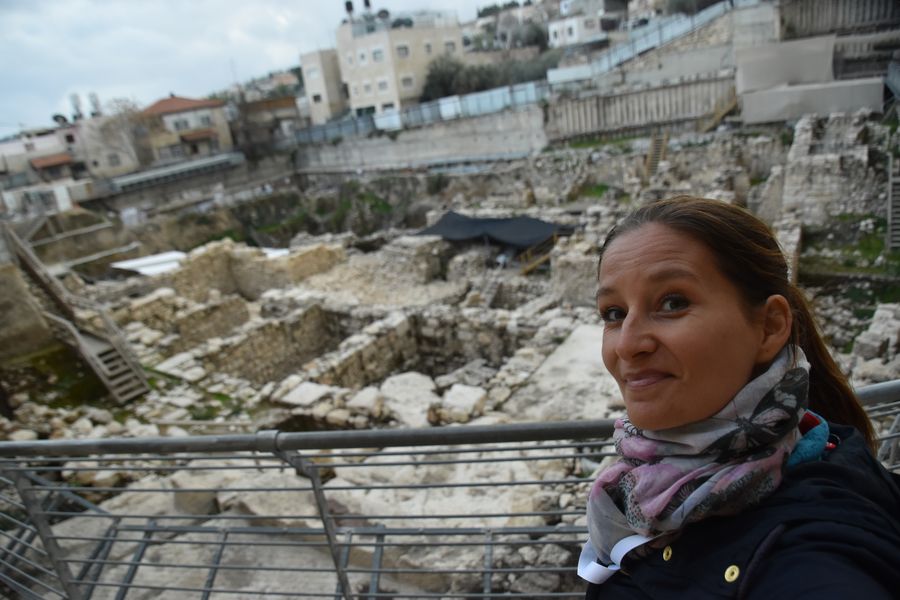
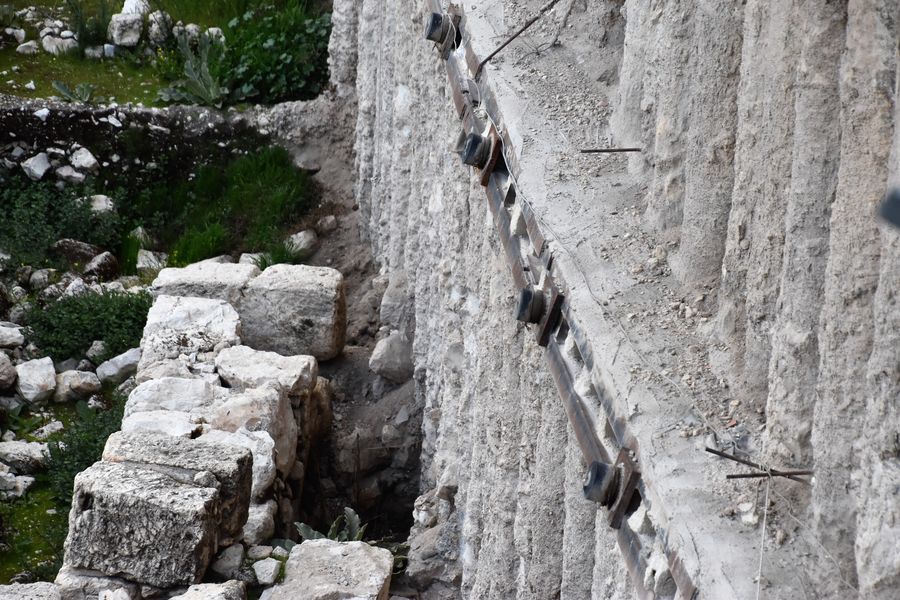
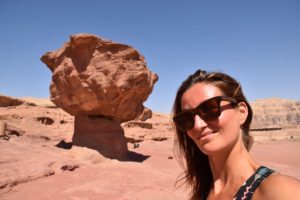


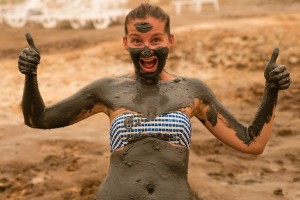
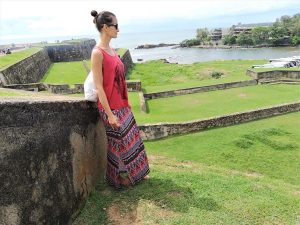

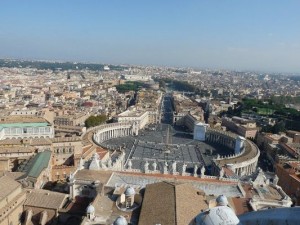
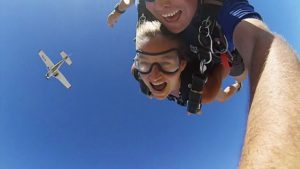
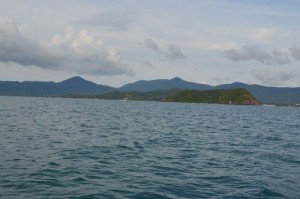

pavitra
| #
Incredible! I am too excited. Going to visit next month. Thanks for sharing your priceless experience.
Alexandra Kovacova
| #
You will enjoy it for sure ;)
Maria
| #
Thanks for this post. I haven’t been to Jerusalem or Israel yet but have friends living there and it sounds incredible. With your post it just continues to highlight how amazing this city is and country is. The historical lessons we can take from walk through the city can and should have lasting effects. How are the water sources there? I can only imagine how different things are than from the original structure.
Crazy Sexy Fun Traveler
| #
I definitely recommend you to visit Israel, and even more if you have friends there as they might show you some hidden gems :)
Mark
| #
Stunning pictures, and post too! I loved stone structures and the cave; really enjoyed the journey. Thanks for sharing.
Crazy Sexy Fun Traveler
| #
Thank you, Mark! I hope other people would love my experience as well ;)